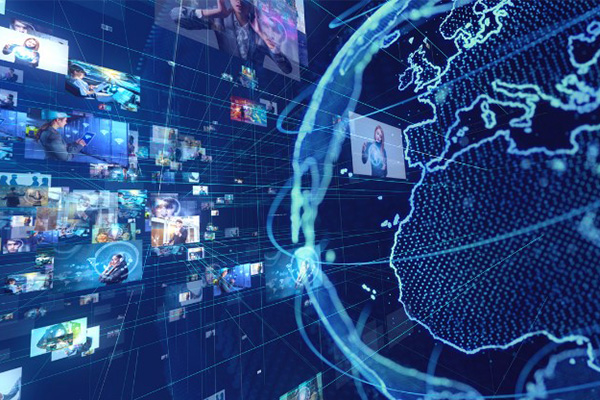language
In today’s digitally connected world, even a momentary power outage can lead to data loss, equipment damage, and unexpected downtime. Whether you're working from home, running a small business, or simply trying to protect your valuable electronics, an Uninterruptible Power Source (UPS) is a smart investment. But with so many options available, how do you choose the right one?
What is an Uninterruptible Power Source?
An Uninterruptible Power Source, often referred to as a UPS, is a device that provides backup power to your electronics in the event of a power interruption. It instantly switches to battery power to keep your devices running and protects them from harmful surges, spikes, or voltage drops.
One powerful example is the FORS AF9300 Series, an Online Transformerless UPS designed for 3-phase input and 3-phase output environments. This model is engineered with advanced detection and protection functions, making it suitable for high-demand applications. Its compact size, light weight, and high efficiency set it apart from traditional bulky systems.

Online Transformerless UPS AF9300 series
Key Factors to Consider
1. Power Capacity (VA Rating)
The most important specification is the VA (Volt-Ampere) rating, which indicates how much equipment the UPS can support. To choose the right size:
Add up the wattage of all devices you want to connect (computers, monitors, routers, etc.).
Choose a UPS with a VA rating 20–30% higher than your total load to allow for efficiency and future expansion.
2. Battery Runtime
Battery runtime determines how long your equipment will stay powered during an outage. For basic setups, a few minutes is enough to save work and shut down safely. For servers or critical systems, look for longer runtimes or the ability to add external battery packs.
3. Number and Type of Outlets
Make sure the UPS has enough outlets for all your devices—and check if they support both surge protection and battery backup. Some cheaper models only protect against surges on certain outlets.
4. Form Factor and Size
UPS systems come in various shapes and sizes:
Tower models for home and office desks.
Rack-mounted models for server rooms.
Make sure you have space for the unit and that it fits your environment.
5. Advanced Features
Look for useful extras such as:
LCD displays showing load, battery life, and status.
Automatic voltage regulation (AVR) to stabilize power without using the battery.
Software integration to automatically shut down your computer during extended outages.

Choosing Based on Use Case
Home Use: Look for compact models with enough power for a PC, modem/router, and monitor. Brands like APC, CyberPower, and Eaton offer great options.
Gaming and High-End PCs: Choose a UPS with a pure sine wave output to avoid damaging sensitive power supplies.
Small Businesses: Consider models with longer battery life and network management features to support servers and POS systems.
Industrial/Commercial: You may need higher-capacity, rack-mounted UPS systems that can handle larger loads and critical infrastructure.
A quality UPS can save you from lost work, damaged electronics, and hours of frustration. By evaluating your power needs and understanding key features, you can confidently choose the right uninterruptible power source to keep your systems safe and running—no matter what happens to the power grid.